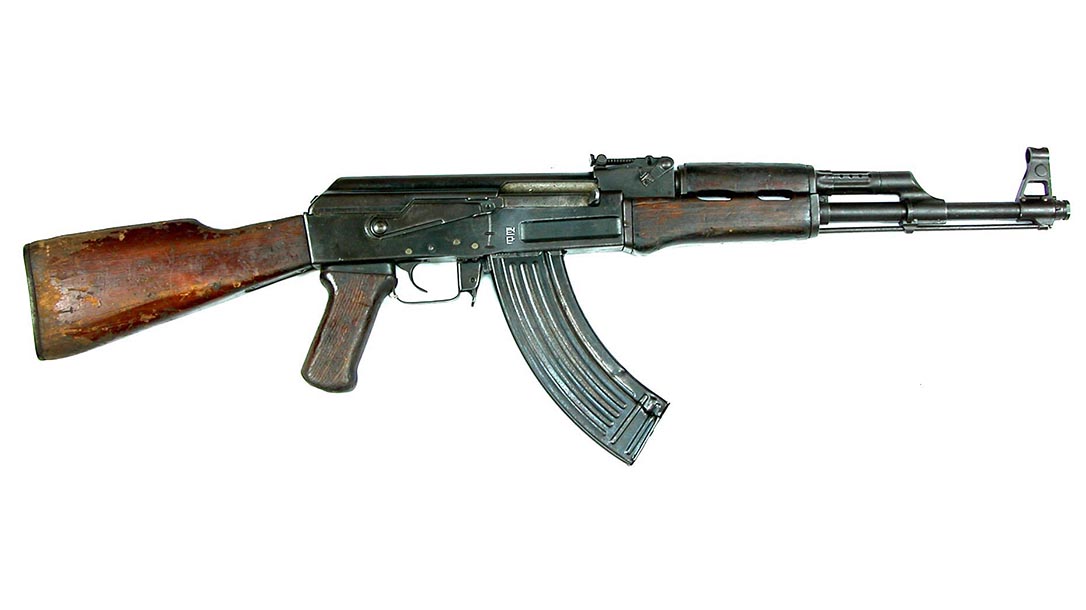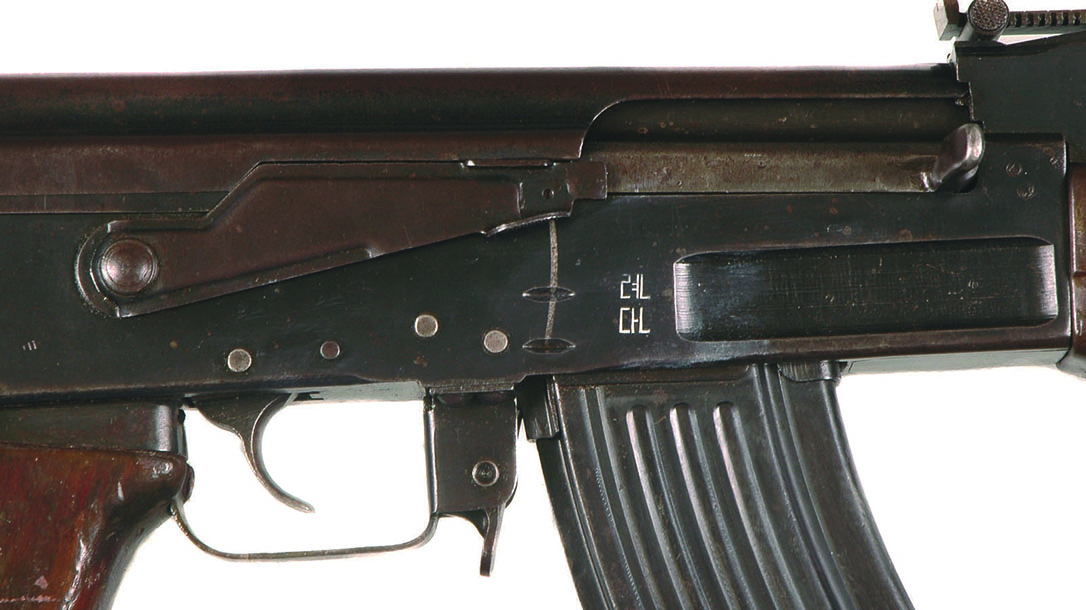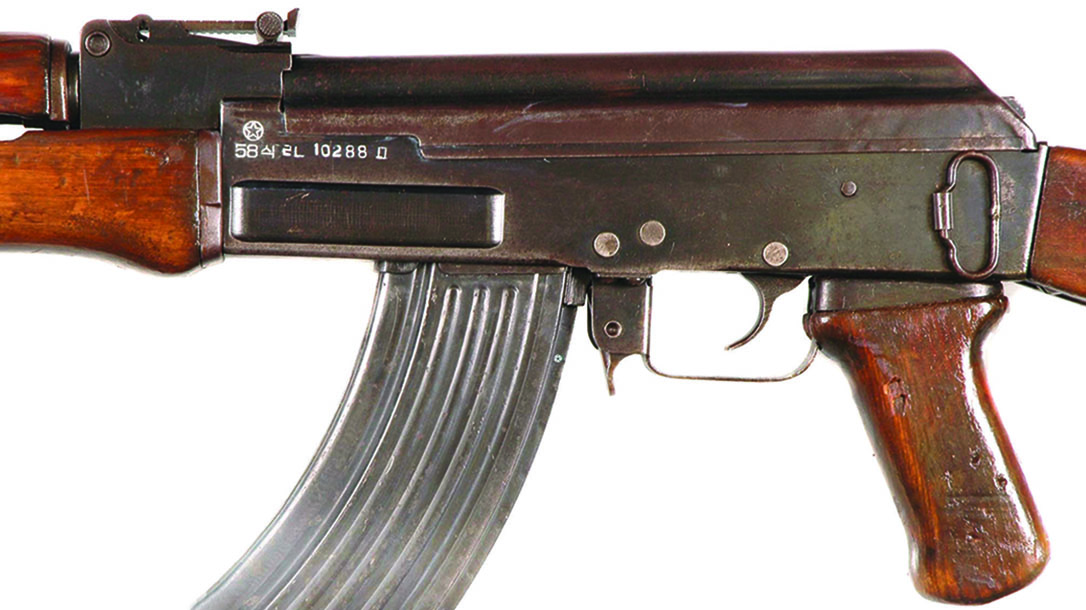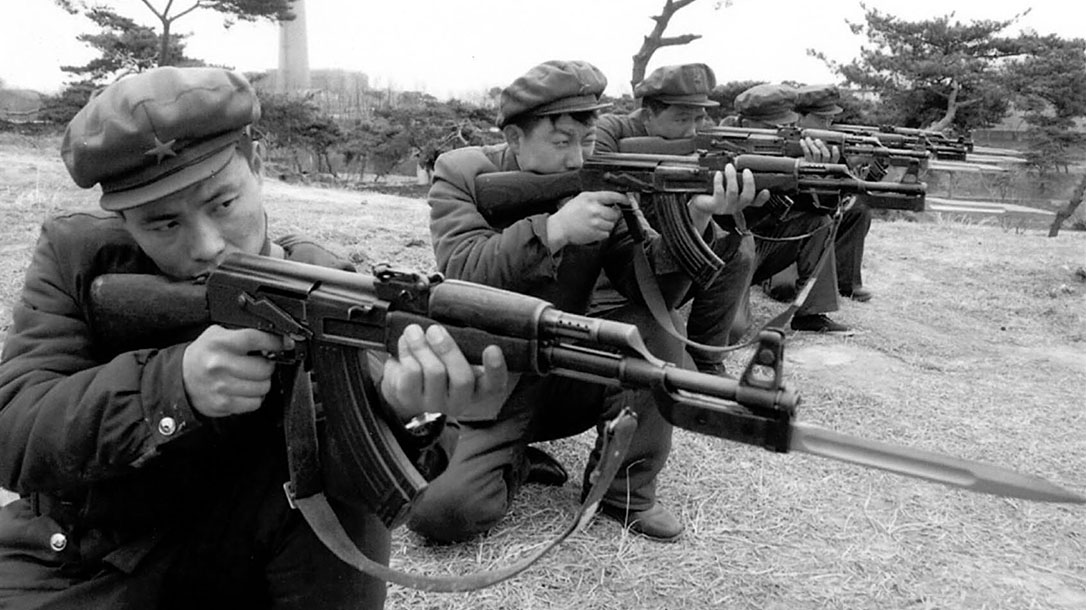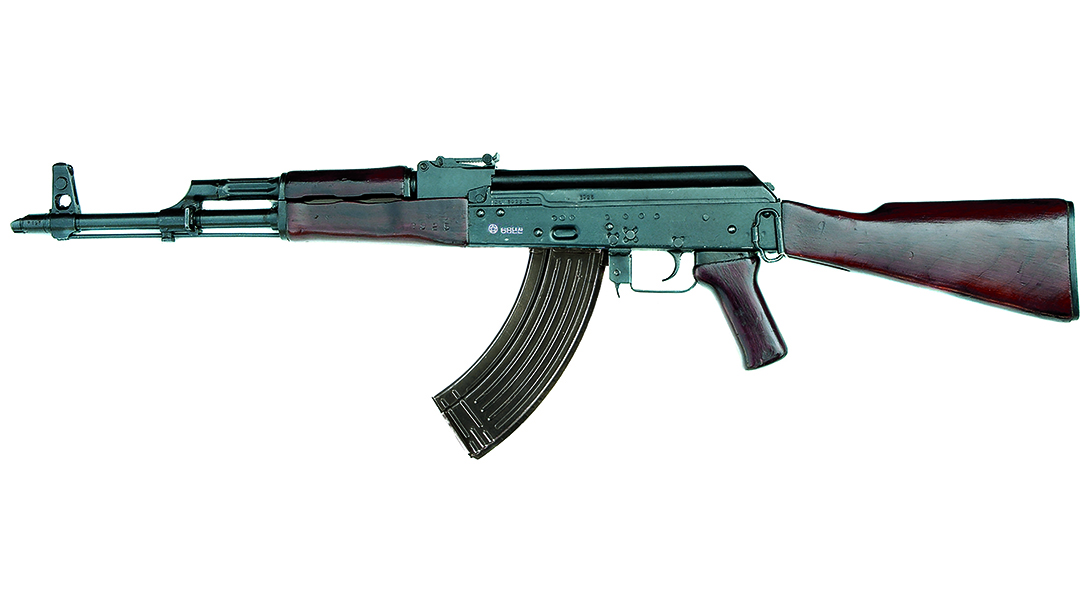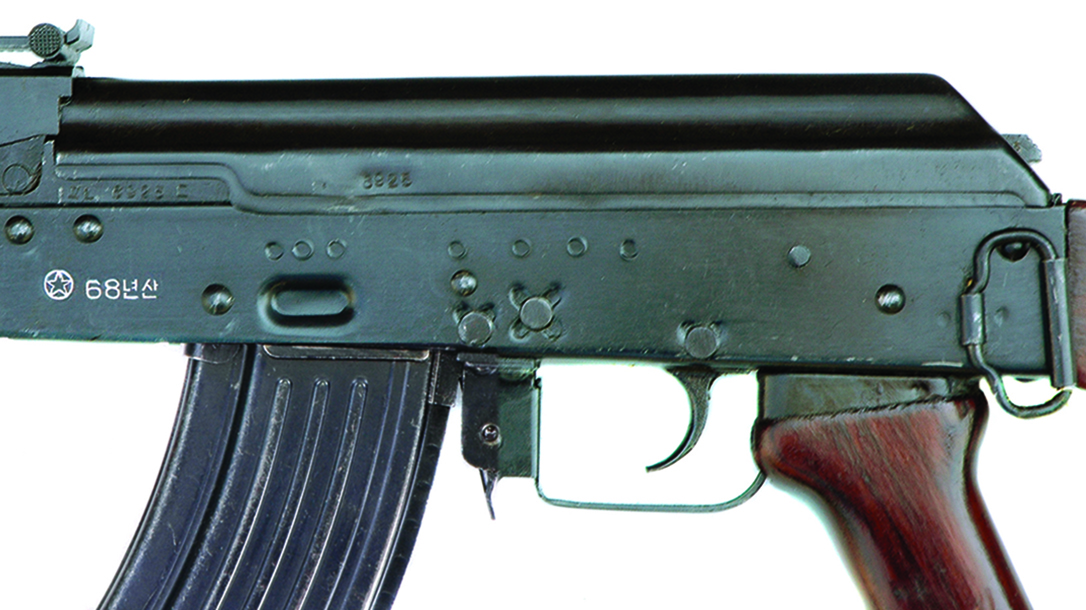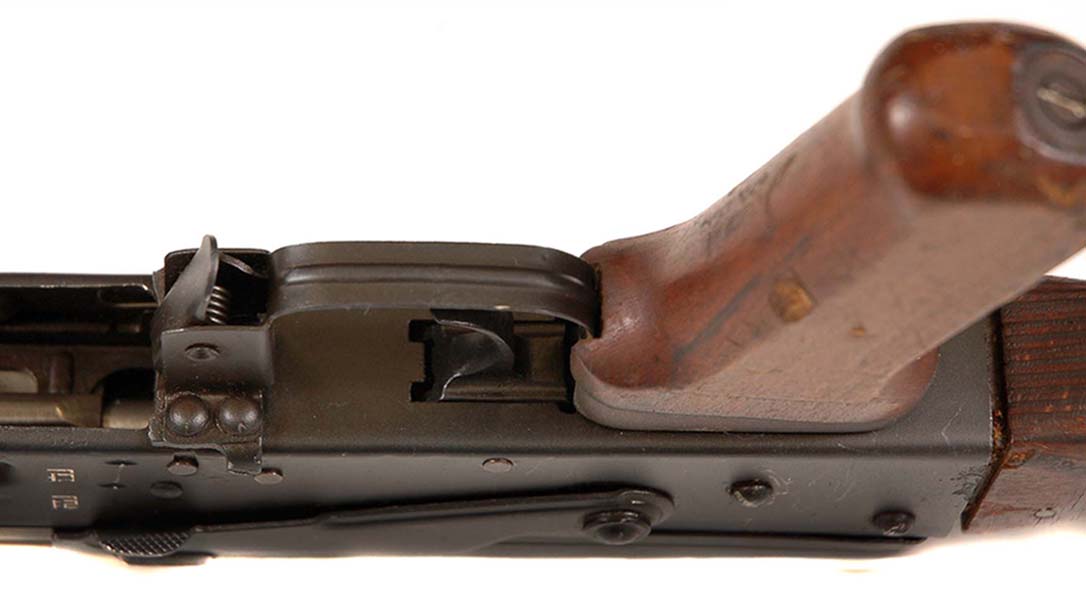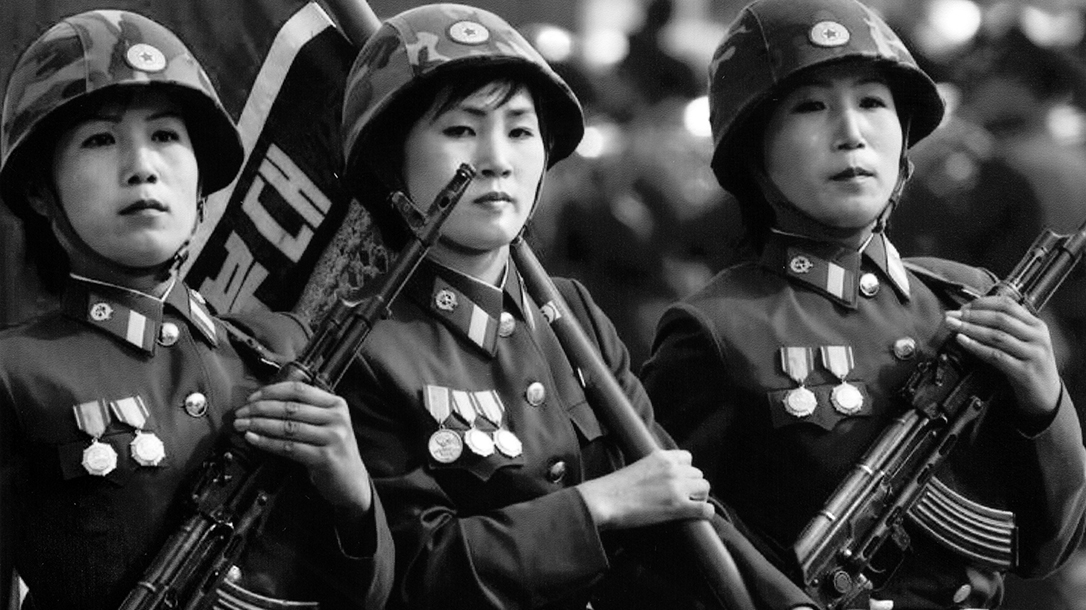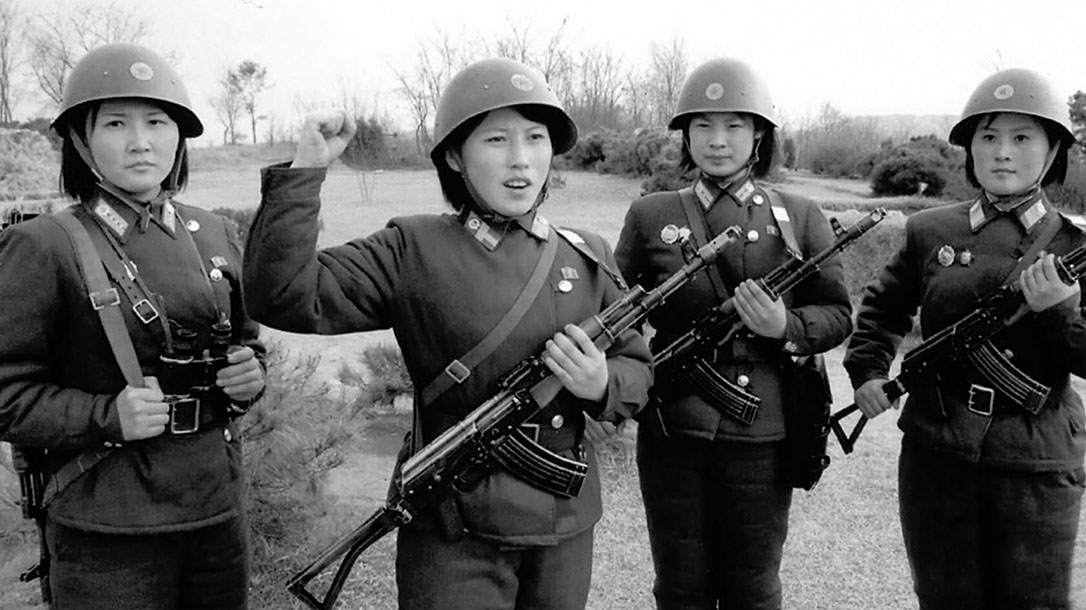One of the most secretive societies in the world today is North Korea, a reclusive communist nation that is often at odds with the Western world. Due to the nature of the Cold War conflict in the 20th century, the North Korean army was initially supplied with small arms provided by the Soviet Union, including the Mosin-Nagant, the SKS and some SVT-40 rifles as well as several types of machine guns. During the Korean War, many former U.S.-made Lend-Lease weapons were supplied to the North Koreans by Red China.
Prior to the fall of the Berlin Wall in 1989, few Communist weapons were available in the U.S. and relatively little was known about them. Many details about ComBloc weapons were revealed after the demise of the Soviet Union, but the weapons produced in North Korea remain clouded in secrecy. Much of the available information about North Korea has come from refugees with a military background who have been debriefed by U.S. officials. Often these reports are exaggerated to make the defecting individual appear more important by claiming to have essential information about the North Korean military.
Advertisement — Continue Reading Below
In most cases, the individuals have been subjected to excessive communist propaganda. Details of the North Korean small arms have largely come from the study of weapons captured by U.S. forces in Vietnam, Grenada, Iraq and Afghanistan.
North Korean AK: Type 58
North Korea was a Russian satellite nation that received assistance from the Soviets to set up manufacturing plants for weapons and ammunition during the late 1940s. The first weapon known to be manufactured by North Korea was the Type 49 subgun. It was a copy of the Russian PPSh-41.
North Korea began producing 7.62x39mm AK rifles in 1958. Designated as the Type 58, the weapon is a copy of the Soviet AK rifle with the milled receiver. Some of the early manufacture Type 58 rifles were assembled using a number of Russian-made parts until eventually the Koreans were able to produce all of the components in-country. The North Koreans produced the rifles under license in two state-run factories. These have been identified only as Factory 61 and Factory 65. Both are reportedly located in Jyn Chun, North Korea. The weapons were produced from 1958 until approximately 1968. It’s estimated that 800,000 Type 58 AKs were made during its 10-year production run.
Advertisement — Continue Reading Below
The Type 58 was manufactured in full wood-stock and under-folding-stock models. Identifying marks on the receiver’s left side include a five-point star inside a circle and the model number, “58 Type.” On the right side, the selector positions are designated with Korean Hangul characters. However, the “safe” position is umarked. North Korea also manufactured a copy of the SKS rifle designated as the Type 63. After enough AK rifles were manufactured for the army, the SKS weapons were relegated to the Labor-Farming Red Guard (Home Guard). Some of the features on some North Korean AK rifles suggest that they may have also received some help from China. North Korean-made Type 58 rifles have surfaced all over the world, first in Vietnam and Cuba during the 1960s and more recently in the Middle East, South America and Africa.
North Korean AK: Type 68
DPRK began to convert its AK production over to the Soviet AKM-style stamped receiver in 1968. The North Korean Type 68 AK has many features similar to those found on the Soviet AKM and the Chinese stamped-receiver Type 56 rifles. The Type 68 trigger group does not have the Soviet-designed hammer-delay system components; the trip sear is fabricated from a sheet-metal stamping. The trigger is the earlier double-hook design found on milled-receiver models.
Another exclusive feature found on North Korean Type 58 and Type 68 rifles is a disconnector with a hole in the top that extends down into the spring cavity. The Type 68 also retained many other features from the earlier Type 58 model. These include the solid catalpa wood stock; the pistol grip; the handguards; and the smooth, pressed-steel top cover. It should be noted, however, that some North Korean Type 68 rifles have been documented with ribbed top covers.
Advertisement — Continue Reading Below
On Type 68 rifles, the fixed buttstock is supported by two tangs; a second tang is riveted to the inside of the receiver. One other small but unique feature noted on some North Korean Type 68 full-stock rifles is a sheet-metal roller on the rear sling swivel. The swivel is mounted on the side of the receiver. The threaded block for attaching the pistol grip screw is riveted or welded in place. The gas block is flat on both sides. There are dimples around the hammer, trigger and trip-lever axis pinholes on the left side of the receiver. The trip-lever’s axis pin also has an I-shaped dimple on the receiver’s right side. The triggerguard is also unique, having a lengthwise reinforcing rib pressed into it.
North Korean AK: Additional Type 68 Details
Identifying marks on the left side the receiver are the North Korean star inside of a circle and the model number, “68 Type.” On the right side, the selector positions are designated with Korean Hangul characters, though the “safe” position is not marked. The finish used on North Korea AK rifles is a dull bluing. The rifle’s serial number is marked on the left side of the barrel trunnion.
Advertisement — Continue Reading Below
Like the Chinese Type 56 stamped-receiver model, the rear sights on the Type 68 are only graduated out to a distance of 800 meters (the rear sights on AKMs are usually marked out to 1,000 meters). The 300-meter battle sight position is marked in Hangul characters, and three different style characters have been observed. Type 68 rifles were fitted with either slant-style or flat muzzle nuts.
There is also an export version of the North Korean Type 68 with universally recognized markings. The selector positions are a Roman numeral “I” for semi-automatic fire and an infinity symbol for full-automatic. The standard AK battle sight position of 300 meters has a number “3” or the Roman numeral “III.” There is no identifying “Type 68” or “circled star” marking on the North Korean export model.
The Farabundo Marti National Liberation Front, or FMLN, guerrillas in El Salvador received a large shipment of North Korean-manufactured AKM-type rifles during the late 1980s. North Korean-manufactured export models of the Type 68 rifles have been widely distributed throughout Central and South America as well as Cuba.
Advertisement — Continue Reading Below
Standard 30-round, stamped-steel magazines with strengthening ribs were issued with the 7.62x39mm weapons. North Korean-made magazines have the star-in-circle stamp on the back spine. Also documented have been orange synthetic magazines with North Korean markings.
North Korean AK: Type 88
North Korea has also adopted and manufactured its own version of the 5.45x39mm AK-74 rifle, designated as the Type 88. There has been no evidence that the North Koreans obtained a license to produce the weapon from Russia. Reportedly, the North Koreans received technical assistance from China.
A few Type 88 assault rifles were salvaged from a North Korean spy ship that was sunk after a brief battle (known as the Battle of Amami-oshima) with the Japanese Maritime Safety Agency, later named the Japanese Coast Guard, in 2001. The vessel was raised in 2003 and a number of weapons were recovered, including some Type 88 AK rifles. The weapons have a Russian-style AKS-74 metal, sidefolding, skeleton-type buttstock attached to the receiver by an adapter block; there is also a full-stock model.
Advertisement — Continue Reading Below
A Russian-pattern AK-74 style muzzle brake is fitted to the muzzle. The 30-round magazines are made of steel. There have been no known exports of the North Korean Type 88. Thus, few examples have been available for study in the West.
Editor’s Note: Sections of this article have been excerpted from the author’s book “AK-47: The Grim Reaper.” Pick up a copy at smallarmsreview.com or call 702-565-0746.
This article was originally published in a previous issue of “AK-47 & Soviet Weapons” magazine. For more information, visit outdoorgroupstore.com.
Advertisement — Continue Reading Below
